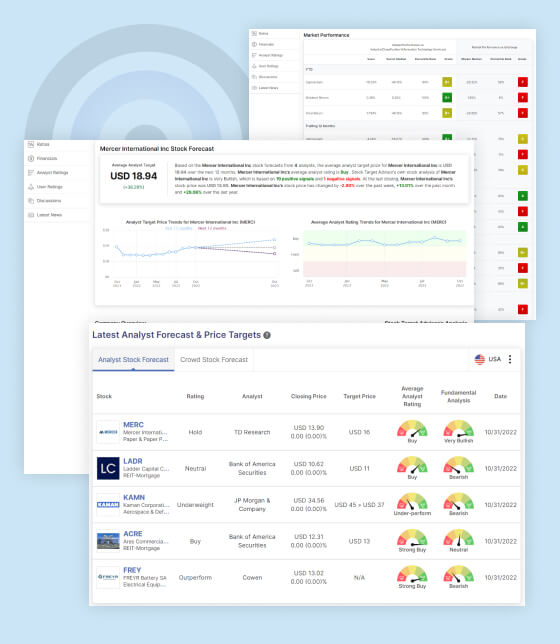Schwab U.S. Dividend Equity ETF (SCHD) and the Vanguard High Dividend Yield Index ETF (VYM) are two of the most prominent ETFs in the world of dividend investing. Both are designed to provide investors with a steady income stream through dividends, but each has unique characteristics and strategies. This article aims to dissect these ETFs, comparing their top holdings, diversification, sector exposure, and performance to help you determine which might be the better option for your portfolio.
VYM: Vanguard High Dividend Yield Index ETF
The Vanguard High Dividend Yield Index ETF (VYM: NYE) seeks to track the performance of the FTSE High Dividend Yield Index. This index includes stocks of companies that are characterized by high dividend yields. VYM is an attractive option for investors seeking higher income from dividends.
Key Features of VYM:
- Expense Ratio: 0.06%
- Dividend Yield: 2.85%
- Number of Holdings: Over 450 stocks
VYM provides exposure to a broad range of large-cap U.S. stocks known for their high dividend yields, offering a diversified portfolio that spans various sectors including financials, healthcare, and consumer goods.
Top Holdings of VYM:
Below are the top 10 holdings of Vanguard High Dividend Yield Index ETF.
| Symbol | Company Name | Allocation |
|---|---|---|
| AVGO | Broadcom Inc | 3.46 % |
| JPM | JPMorgan Chase & Co | 3.42 % |
| XOM | Exxon Mobil Corp | 2.92 % |
| PG | Procter & Gamble Company | 2.37 % |
| JNJ | Johnson & Johnson | 2.15 % |
| HD | Home Depot Inc | 2.06 % |
| MRK | Merck & Company Inc | 2.03 % |
| ABBV | AbbVie Inc | 1.77 % |
| CVX | Chevron Corp | 1.66 % |
| BAC | Bank of America Corp | 1.58 % |
SCHD: Schwab U.S. Dividend Equity ETF
The Schwab U.S. Dividend Equity ETF (SCHD: NYE) aims to track the performance of the Dow Jones U.S. Dividend 100 Index, which comprises high dividend yielding U.S. stocks with a record of consistently paying dividends for at least 10 years.
Key Features of SCHD:
- Expense Ratio: 0.06%
- Dividend Yield: Approximately 3.5%
- Number of Holdings: About 100 stocks
SCHD focuses on companies with strong fundamentals and a history of dividend growth, offering a more concentrated portfolio compared to VYM.
Top Holdings of SCHD:
Below are the top 10 holdings of Schwab U.S. Dividend Equity ETF
| Symbol | Company Name | Allocation |
|---|---|---|
| TXN | Texas Instruments Incorporated | 4.78 % |
| AMGN | Amgen Inc | 4.33 % |
| LMT | Lockheed Martin Corporation | 4.26 % |
| KO | The Coca-Cola Company | 4.17 % |
| PFE | Pfizer Inc | 4.10 % |
| CVX | Chevron Corp | 4.03 % |
| VZ | Verizon Communications Inc | 3.98 % |
| PEP | PepsiCo Inc | 3.95 % |
| CSCO | Cisco Systems Inc | 3.82 % |
| BLK | BlackRock Inc | 3.82 % |
The top holdings of SCHD include a mix of technology, healthcare, and industrial companies, whereas VYM features a more diversified mix of sectors with a slight tilt towards financials and consumer goods.
SCHD vs. VYM: Key Differences
Here are the key differences between VOO and VTI:
1. Diversification and Exposure to Different Sectors:
VYM provides broader exposure across over 400 stocks, resulting in greater sector diversification. This can potentially reduce risk but may also dilute the impact of high-performing stocks. SCHD, with its focus on about 100 high-quality dividend-paying stocks, offers a more concentrated exposure which can lead to higher volatility but also potentially higher returns.
2. Impact of Market Cap Weighting on the Holdings:
SCHD’s weighting is more influenced by dividend quality and consistency, while VYM’s weighting leans towards high-yield stocks irrespective of dividend growth. This fundamental difference influences the overall risk and return profile of each ETF.

Analysis of Historical Performance:
When comparing historical performance, SCHD has shown a slightly better track record, especially in terms of total return. This can be attributed to its selection criteria, which emphasize companies with strong dividend growth and robust financial health.

Volatility Comparison:
SCHD tends to be less volatile compared to VYM, largely due to its concentrated portfolio of financially stable companies. VYM’s broader diversification can lead to increased exposure to market fluctuations, but it also offers stability through diversification across various sectors.

Evaluation of Risk and Return Trade-offs:
Investors must weigh the trade-offs between the higher dividend yield and lower volatility offered by SCHD against the broader diversification and potential for income stability provided by VYM. SCHD’s focus on high-quality, dividend-growing companies may appeal to those seeking capital appreciation alongside dividend income, while VYM’s broad exposure might be better suited for those prioritizing income diversification.
Conclusion:
Both SCHD and VYM offer compelling opportunities for dividend-focused investors, each with its distinct advantages. SCHD’s higher dividend yield and focus on financially robust companies make it a strong contender for those seeking both income and growth. In contrast, VYM’s broader diversification provides a safety net against sector-specific risks, appealing to those who prioritize income stability.
Muzzammil is a content writer at Stock Target Advisor. He has been writing stock news and analysis at Stock Target Advisor since 2023 and has worked in the financial domain in various roles since 2020. He has previously worked on an equity research firm that analyzed companies listed on the stock markets in the U.S. and Canada and performed fundamental and qualitative analyses of management strength, business strategy, and product/services forecast as indicated by major brokers covering the stock.



















